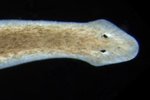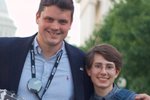Noa's Lab Diaries: Genes in Space mentors at work - Day 3
Guest post by Noa Popko
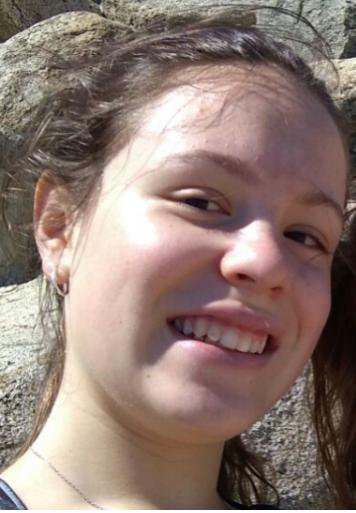
Hi, my name is Noa! I’m currently a sophomore at Commonwealth High School and I have a huge passion for genetics. Back in 2016 when I was in eighth grade, I participated in the Genes in Space competition and received one of the Junior Scientist Awards. Participating in the Genes in Space competition was one of the most exciting experiences for me to learn more about space research and put the knowledge I had into a proposal. I enjoyed participating in the competition so much, that I have come back to visit the Genes in Space mentors. For four days, I visited the mentors' labs and learned about their work and involvement with the Genes in Space program.
Day 3
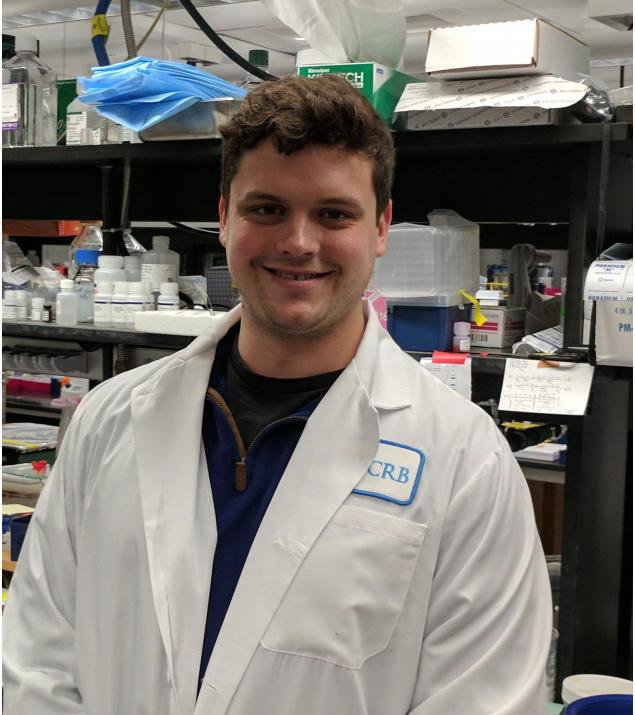
On day three, I went to visit John Hatch at the Macklis Laboratory at Harvard University. My visit here was extremely fascinating and I appreciated John and his colleagues’ enthusiasm on their work. John specifically works on understanding how neurons form circuits. He studies growth cones, or the ends of neurons which seek other neurons to make connections with them. The Macklis lab focuses on both studying how neurons form connections and also growing neurons from NG2 cells which are almost a mixture of neurons and glial cells. Together these two sides comes together with the final goal of being able to apply this technology to patients with neurodegenerative conditions, like ALS and Huntington’s disease. The hope is that one day new neurons can be given to patients to help treat their conditions.
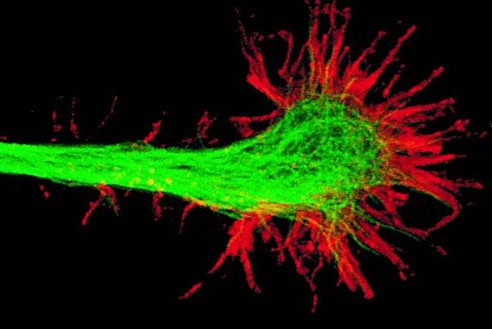
Fluorescently-labeled growth cone of a neuron.
The Macklis laboratory studies the brains and nervous system of mice, since their brains are less complex than human brains. I was lucky enough to visit the rooms where they hold their mice and were they perform surgery and neuron labeling. They have very modern and advanced tools to study brains, and some machines had been created by former researchers at the lab. There is also a special dark microscope room, where I got to see neurons. I also visited a tissue culture room, where I got to see some neurons growing, and the lab benches where numerous experiments were being performed. I especially found the microscope room interesting, because the microscope there could shine many wavelengths of light of the sample of cells, and switching the color allowed you to see many different part of those cells!
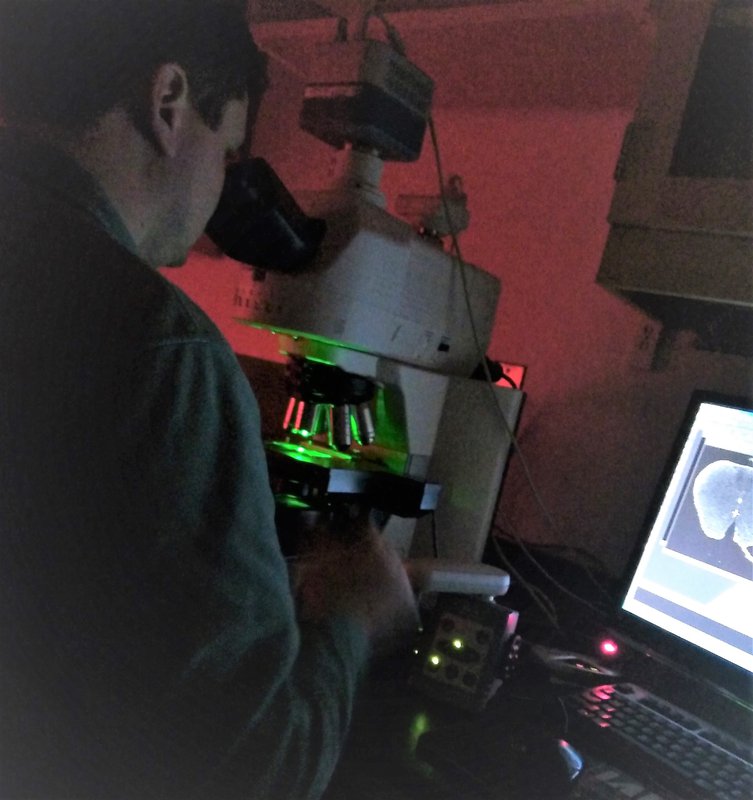
Mentor John Hatch visualizing neurons in the microscope room.
John realized that he wanted to have a career in science after he interned at the National Institutes of Health as a junior in high school. The research he does in Macklis allows him to study the brain and neurons, which he is passionate about. He also appreciates that their experiments provide helpful answers to questions about neuroscience, a difficult field to study effectively because it is so complex.
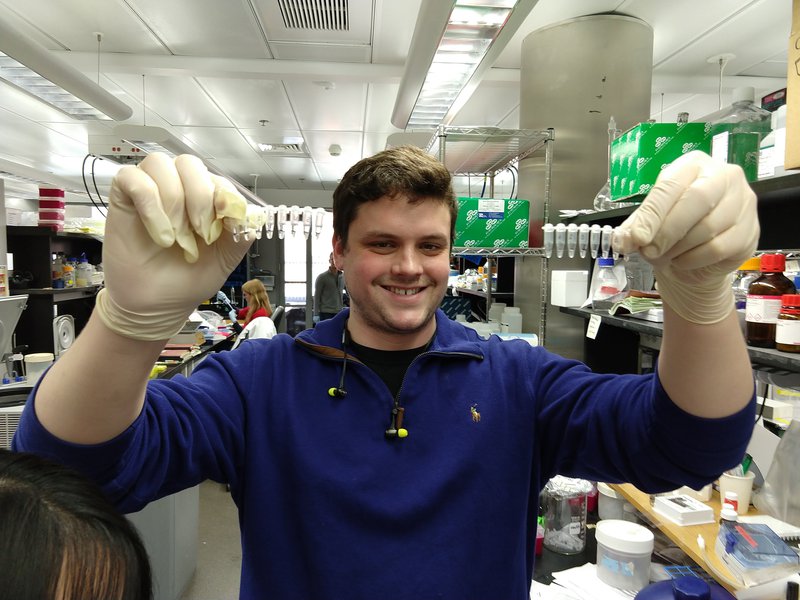
Mentor John Hatch helping to prepare 2017 winner Sophia Chen's experiment for space
John deeply enjoys the Genes in Space program because it encourages young students to come up with ideas for how to improve life in space, and he believes the growing field of space biology and engineering is vital to improving research and life that will occur off of the planet earth. For example, he says plants could be used to provide both clean air and food, replacing the hefty air system. He is fascinated by how the conditions in space change the results of experiments performed on earth. His fascination with space and biology is truly inspiring!
Thanks Macklis lab for the fun visit! Next, I’m headed to the Reddien lab to visit mentor Deniz Atabay.

